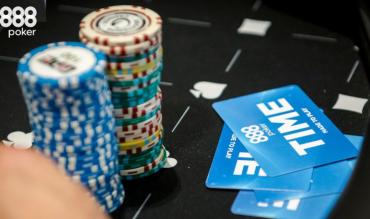The modern game of poker is evolving faster than ever before. Technological advancements allow players to run complicated poker simulations anywhere, and strategies that were once cutting-edge are quickly becoming outdated.
So, how much have things changed in the last few years? Like a kid getting older or the belt line getting broader, gradual changes can be easy to miss.
Many people might struggle to answer this question many, even if they’ve played a lot of poker. However, the differences are far more apparent for players returning after years away.
The author is one of those players. After a break of almost five years, he (optimistically) hopped back into the world of high-stakes poker tournaments last month, playing the $1.5k and $5k events at the APPT Philippines.
Although he was able to make the money in the Main Event, things undoubtedly felt stranger.
Here are five notable differences:
1: Preflop Strategies Are More Sophisticated Than Ever
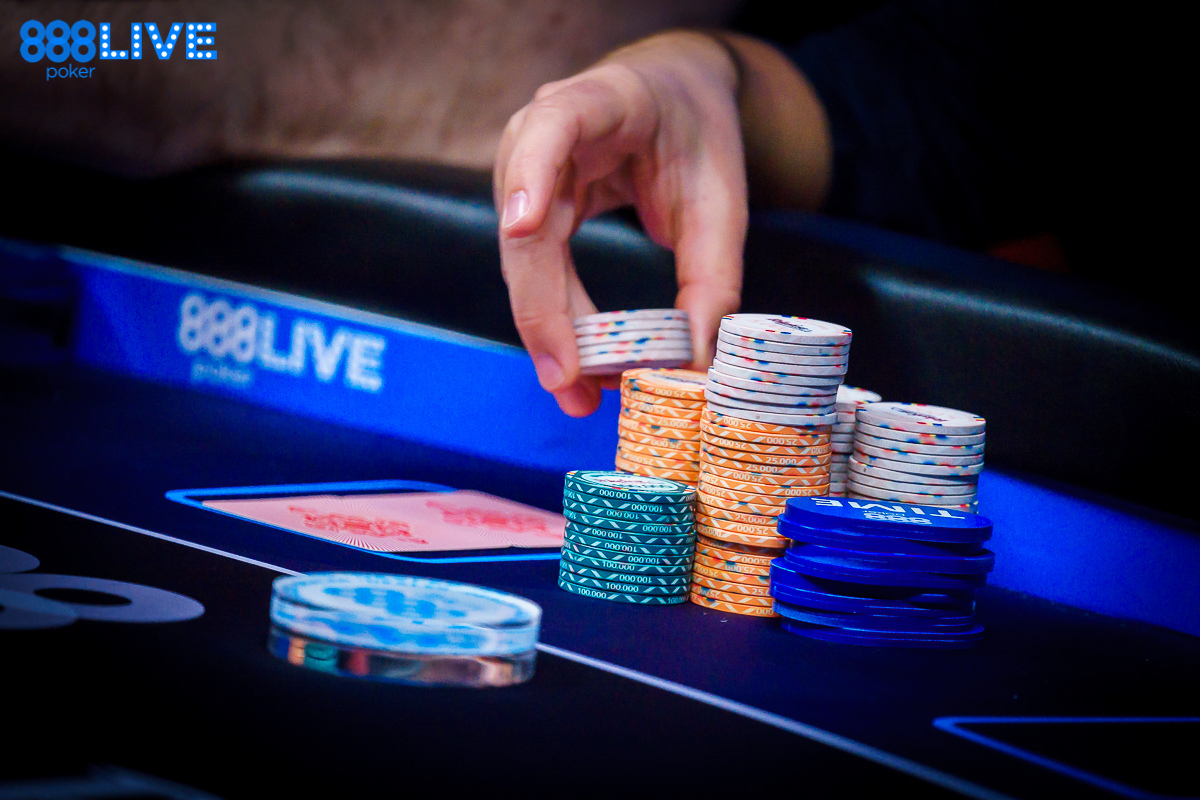
At a glance, opening sizes don’t seem to have changed much. Most players were still raising between 2 and 2.5x preflop, typically choosing a smaller size closer to the button.
This fact isn’t too surprising: These sizings stem from solid theory and have been the norm for a long time.
Things work a little differently when stacks get shorter these days. The author only realised this difference while reviewing a bust-out hand:
- In this poker hand, he held pocket sixes in middle position. With about 19bbs remaining, he promptly slid them into the middle.
- The action folded to the big blind, who used two time-bank chips before calling with pocket tens, sending me home with a min-cash.
Per his habit, the author double-checked the shove while in the cash-out queue. He was surprised to see modern charts preferring a 2x raise in this situation.
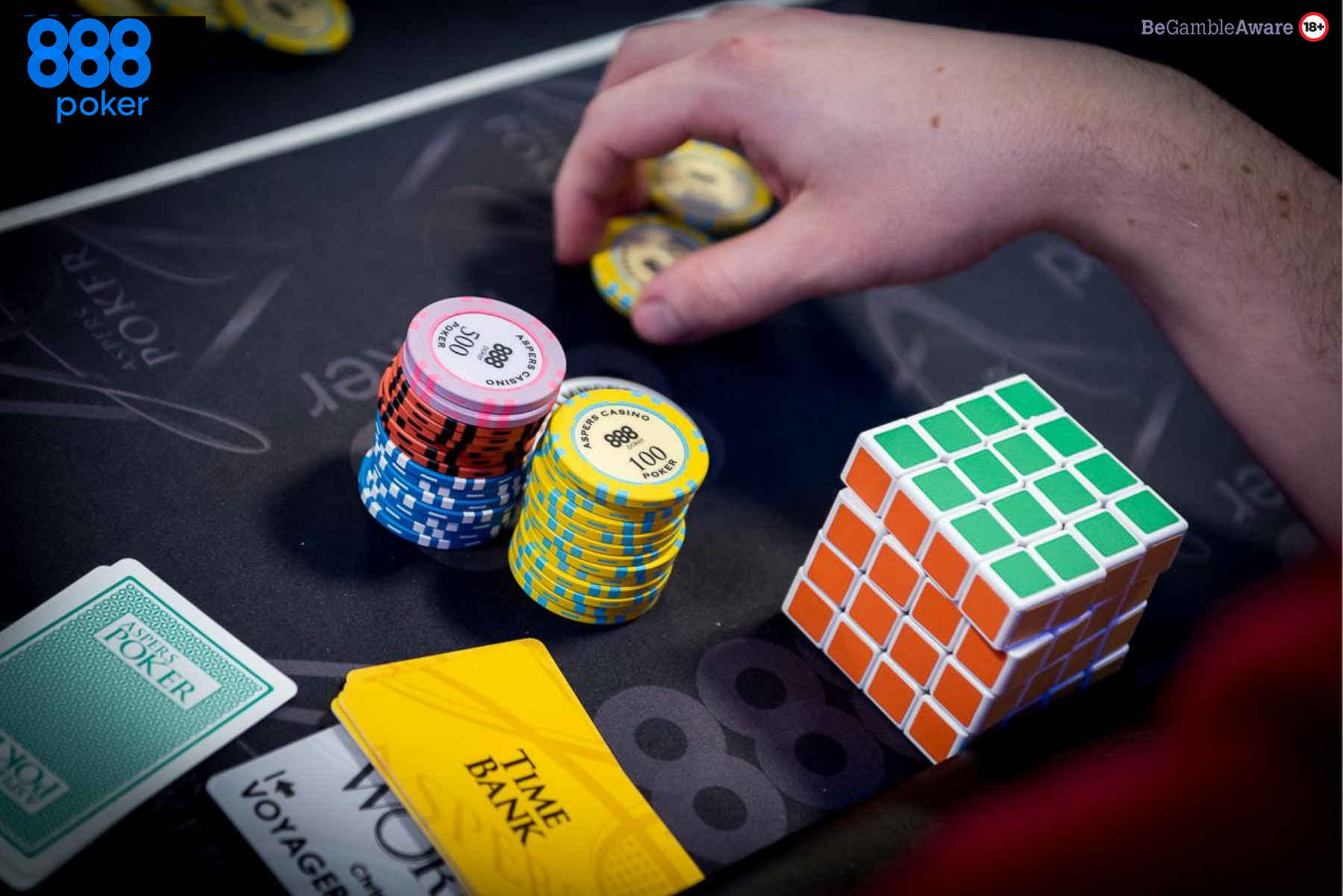
Five or six years ago, most people considered an all-in here pretty standard. While shoving 66 isn’t exactly a money print, it’s an unexploitable jam.
Standard 2018 theory liked these kinds of shoves because of the following:
- It enabled you to realise your own equity and deny your opponents theirs.
- Prevented other players from re-shoving with coin-flip poker combos like KJ, KQ, or A9 that would fold to your jam.
Here’s what Triton Champ and author’s poker buddy, Mark Rubbathan, said.
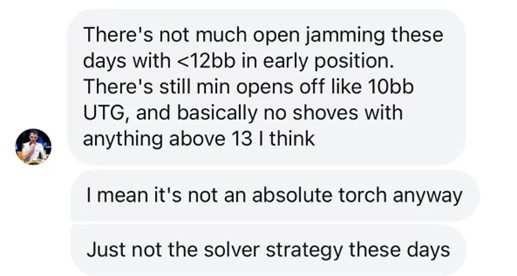
It’s clear that attitudes towards a short stack have changed in the new, post-solver world. In true “motion of the ocean” style, modern players see far more potential with 10-15bb.
So, they are no longer desperately trying to get it in and double up. This solver strategy is something to consider if you’re used to hitting the panic switch at 20bbs.
Quick Tip: Don’t panic at 20BBs. Study modern short-stack strategies to make more strategic plays than simply jamming.
2: The Decline of Poker Table Conversations
The table vibe has changed, too. One of the most common sights at a tourney series was a group of people discussing their bust-out hands at the bar.
- Some wanted to tell you how unlucky they got, missing out on a bad beat jackpot!
- Others used bar chat to justify their play or seek advice on where they might have gone wrong.
- Smart players would seize the opportunity to pick pros’ brains.
- The rest would just pretend to listen, waiting for their turn to talk about themselves.
In addition to being a way to vent and blow off steam, the casino bar was also a place people went for validation. After getting unlucky, they wanted reassurance about their play or permission to feel sorry for themselves.

This quest for closure broke the ice and got people talking about hands, and it all stemmed from the ambiguity of poker strategy.
Nobody knew what to do, which gave people a lot to discuss.
These days, however, everything has changed. While people still chat at the bar, mobile phones are powerful enough to run complicated GTO sims, ending any debate in minutes.
Solvers have turned poker into a chess-style game of precision, and as a result, the card room feels like it has lost some of its soul.
Quick Tip: Use solvers to validate your plays post-game but don’t let them fully replace human interaction at the tables.
3: Closure Through Solver-Driven Validation
Poker solvers aren’t all bad, though, as portrayed in this tough spot with Pocket Aces. The author check-folded to a big river bet on KJTJ4, when put all-in.
The hand came and proved a turning point for me in that High Roller tournament. It cost him about 1/3 of his stack, and he never recovered, busting a little while afterwards.
The fold felt rough: The author had played the hand passively and was worried that he’d induced a bluff, which didn’t help. Since it proved such a pivotal spot, he lost a little sleep over the hand.

This sensation most tourney players had to get used to experiencing. In a sadistic way, you always wanted to bust with Kings into Aces or lose a flip. Busting is far easier to deal with when it’s not your fault.
Bad beats and coolers might be annoying, but they’re easy to shrug off too.
The grey areas were a different story. There were so many conflicting variables and views, and the emotional impact of the loss made it tough to be impartial in the face of criticism. With no solvers or poker cheat sheet to consult, even the best players made educated guesses, making it more difficult to be sure you’d done the right thing.
This uncertainty could be very tough to deal with, so overcoming a particularly expensive bust out could feel like going through the five stages of grief:
- Denial
- Anger
- Bargaining
- Depression
- Re-registering
As their name suggests, solvers have solved this problem. These days, players can simply run a sim and literally put a number on how well they played. This closure makes it far easier to move on.
For example, when running the Aces hand the next day, the solver preferred a fold 98% of the time, which instantly put the author's mind at rest.
4: Technology at the Poker Table
Another way things have changed at the tables is the use of phones. Social media has got a little out of hand these days, and this has undoubtedly found its way to the poker tables.
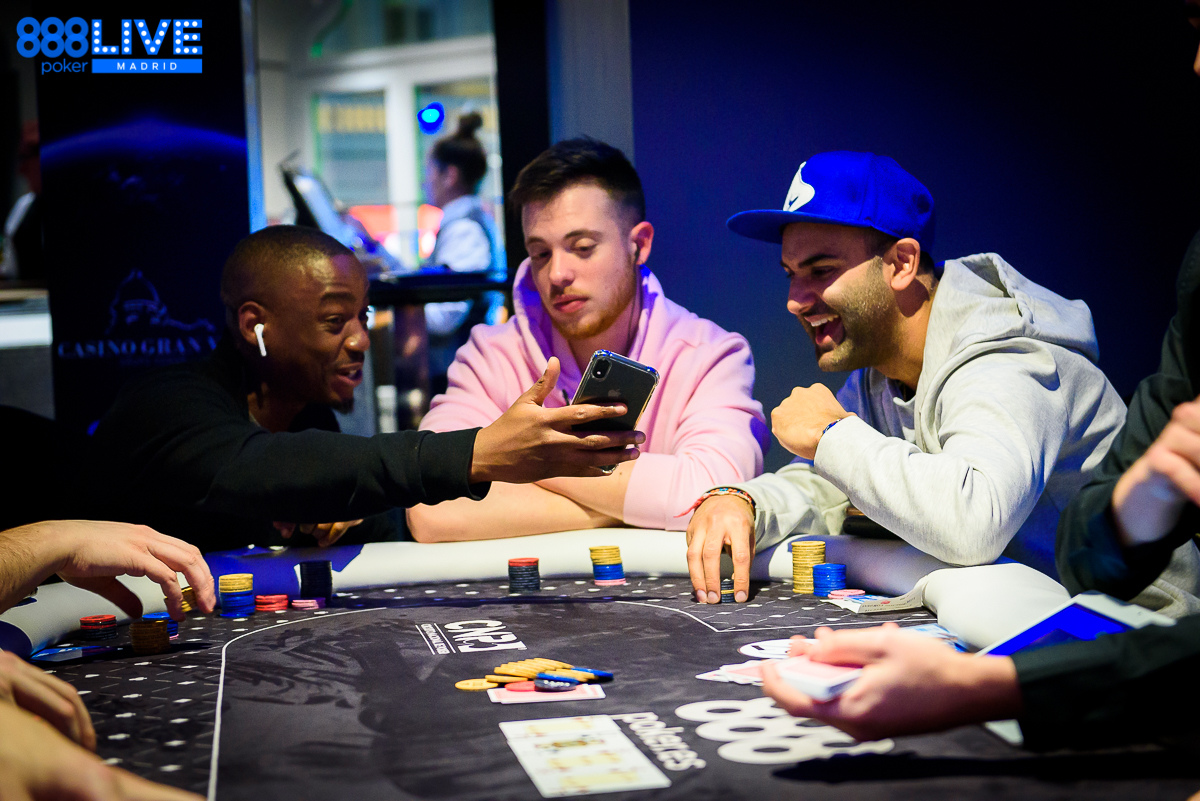
On day 1 of the main event, the author sat beside a lovely Japanese vlogger with a production team. They had set up a camera next to the table and regularly came to interview their guy for updates.
While the author had previously been in interviews away from the tables, he was surprised the casino allowed the blogger to set up a camera so close to the table.
When the author found out the size of the blogger’s following, perhaps the casino made an exception based on his reputation. After all, it was good marketing for the tournament series. But it quickly became obvious that it wasn’t just the bloggers with the cameras.
Everyone wanted to take pictures of big hands, even if they weren’t involved.

Though this wasn’t too much of an inconvenience, it was surprising to see how accommodating the casinos were to this kind of thing.
Many years ago, technology was forbidden, and some cardrooms even banned the use of mobile phones at the table.
With several high-profile cheating scandals and technological advancements, it’s surprising that the rules have become more lenient rather than stricter.
5: Shot Clocks and Time Banks: A Double-Edged Sword
Five years ago, shot clocks were just beginning to appear in high roller events to stop excessive tanking. Today, most tournaments have a 30-second shot clock and five time-extension chips.
Online poker players will be very familiar with the shot clock, but when playing live, the author was shocked by how blatantly other players abused it.
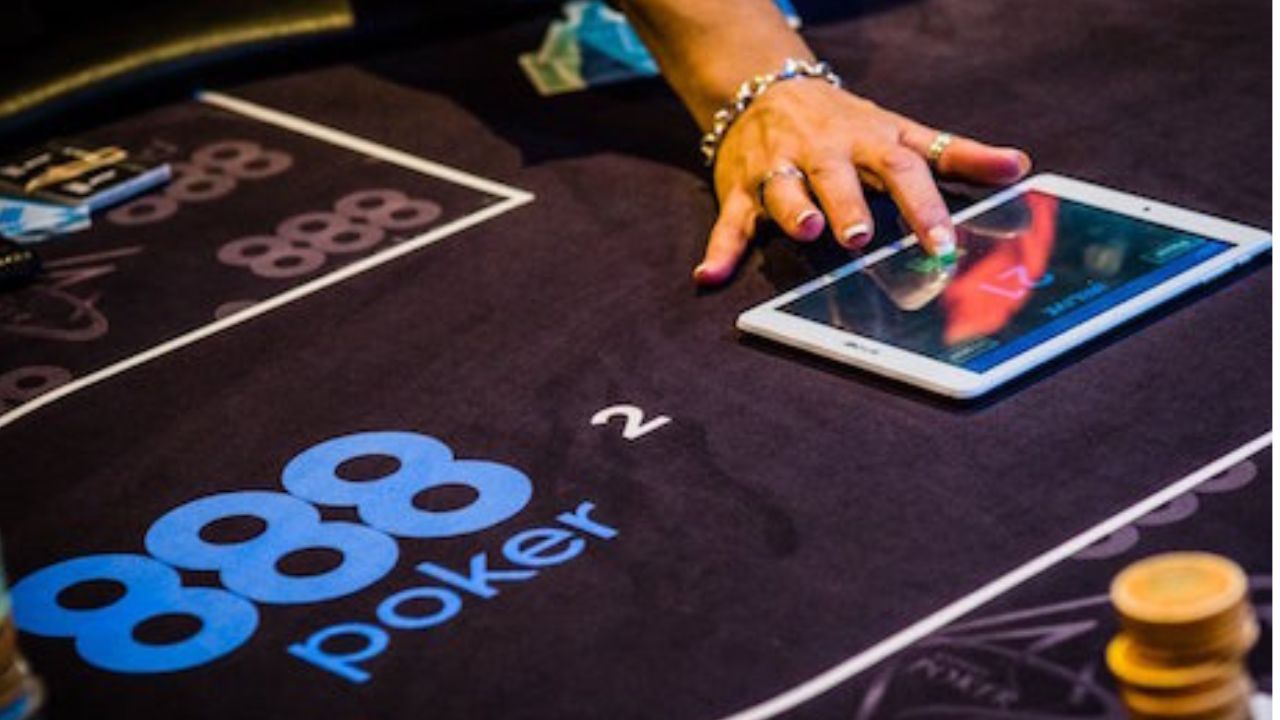
From the beginning of day 2, more than half of the players at my table would let the full thirty seconds run down to zero. Stalling has always been an issue as the money approaches, but we were more than 10% of the field from cashing. And the players weren’t even being subtle.
They would sit and stare blankly at the poker board while watching the clock count down to 1. Then, they would pass their hand to the dealer, occasionally saying an insincere “sorry guys!”
The rest of the table seemed unfazed by the stalling, which was incredibly frustrating. Though the author has only called the clock on players a handful of times, he eventually complained to the floor after an hour.
He saw this as a form of cheating and expected the players to be told to hurry up.
Surprisingly, this conclusion wasn’t the case. The floor explained that this was the main event, and it was the players’ right to take the full 30 seconds.
Like everything else, poker has evolved, and much has changed in the last few years, including poker etiquette.
